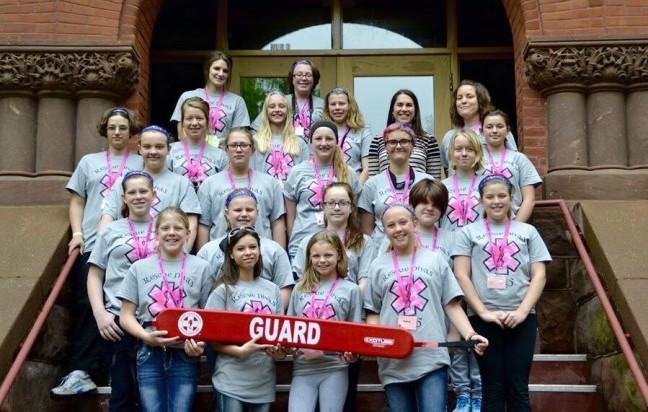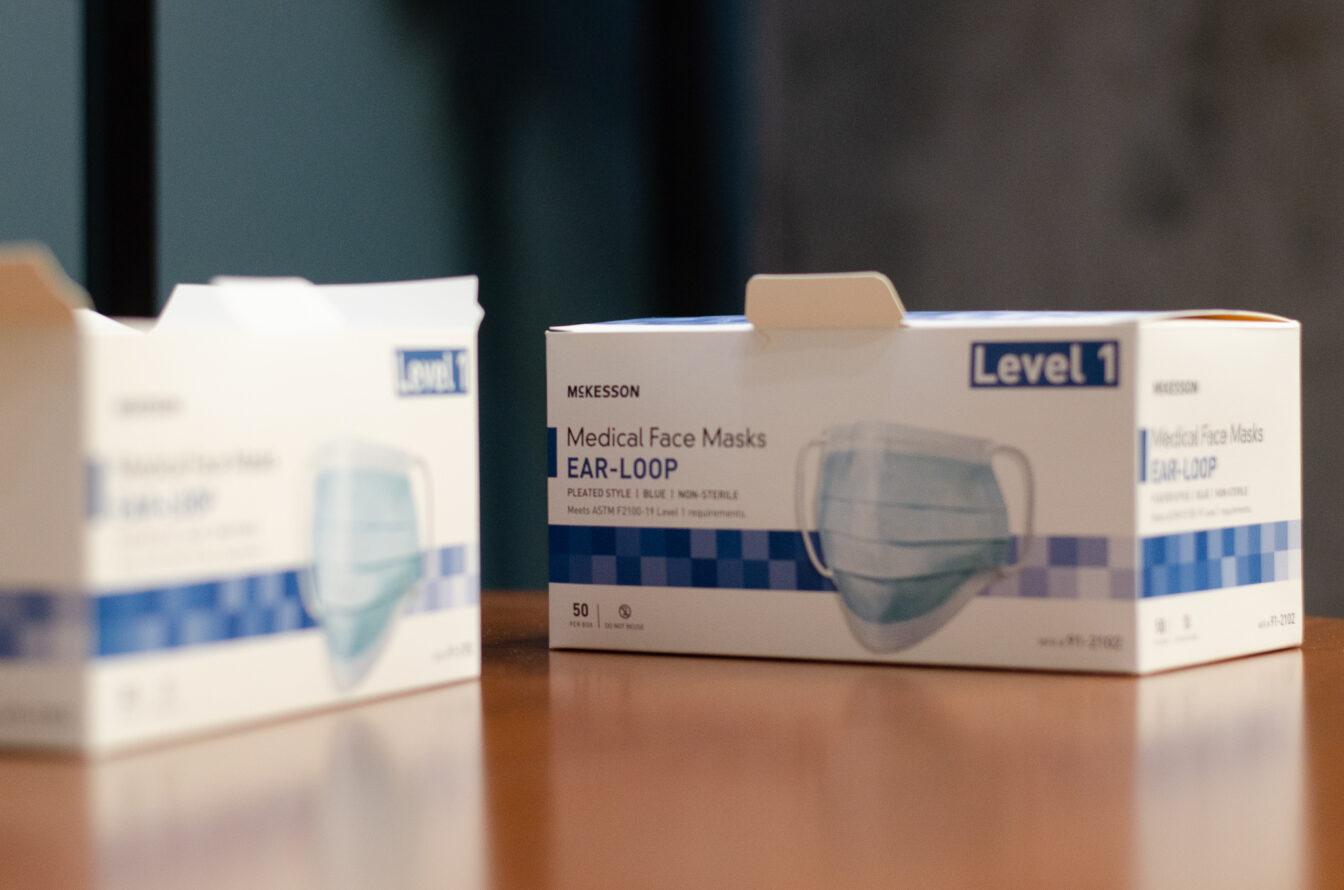In an effort to attract more women to emergency medical service fields, an Ashland, Wisconsin summer camp called Rescue Divas is working with middle school girls to pique their interest with funding from the University of Wisconsin Office of Rural Health.
Seeing it as an opportunity to do something “totally different,” Carrie Okey, manager at the Northwest Wisconsin Concentrated Employment Program, said the underrepresentation of women in EMS was the motivation in designing the camp.
The UW Office of Rural Health funds the camp, and director John Eich said the office’s mission is to create an abundance of resources to build experience in rural areas. Rural services tend to have a lower capacity and less volunteers, which means on duty emergency medical technicians may also be doing the job of two to three other people.
In rural areas, Eich said EMS is important to health care delivery. While EMTs work in both rural and urban settings, in rural areas it is more difficult to execute the delivery.
Someone in a geographically isolated area, for example, may have a heart attack and not be near a hospital. That makes it harder for EMS to respond to the call due to conflicting factors, such as lack of a cellular signal in the area.
Rural locations also make it harder for EMTs to receive higher levels of certification, Eich said, as the lack of calls means less chances for EMTs to utilize their skill sets.
“In rural areas you’re not getting as many calls, you don’t have as have many opportunities and you can’t keep your license up as easily at a higher level,” Eich said.
Rural Communities Initiatives Program Manager Kevin Jacobson said organizing Rescue Divas began around two years ago.
The girls stayed in dorms at Northland College in Ashland where they listened to various presentations and participated in training exercises. Okey said the girls had CPR training everyday, and at the end of the camp, all campers left first aid, AED and CPR certified.
Jacobson also said a search and rescue team came with a K9 unit and helped the girls learn who to track and find someone with a search and rescue unit.
Originally, the camp’s intended audience was female high school students. An EMT has to be 18 or older, but Rescue Divas determined it would be more difficult to organize a resident camp for high school girls because they have jobs among other summer plans that could conflict with the program schedule.
“They thought they would focus on women because women are underrepresented as EMTs, and we would focus on younger women to kind of create a pipeline of people that might be interested in going into emergency medicine when they got older,” Jacobson said.
Now that the program has completed its first year, Jacobson said there was a great deal of community interest and that Rescue Divas is looking to expand to two camps next year, one of them possibly being for high school girls.
But Eich said there is still work to be done and that the Office of Rural Health’s work is important for Rescue Divas and rural emergency services.
“It’s vitally important for our office to encourage and support services as much as we can to take advantage of training opportunities, increase their level of expertise, expand their proficiency and recruit more volunteers when volunteers are needed,” Eich said.














